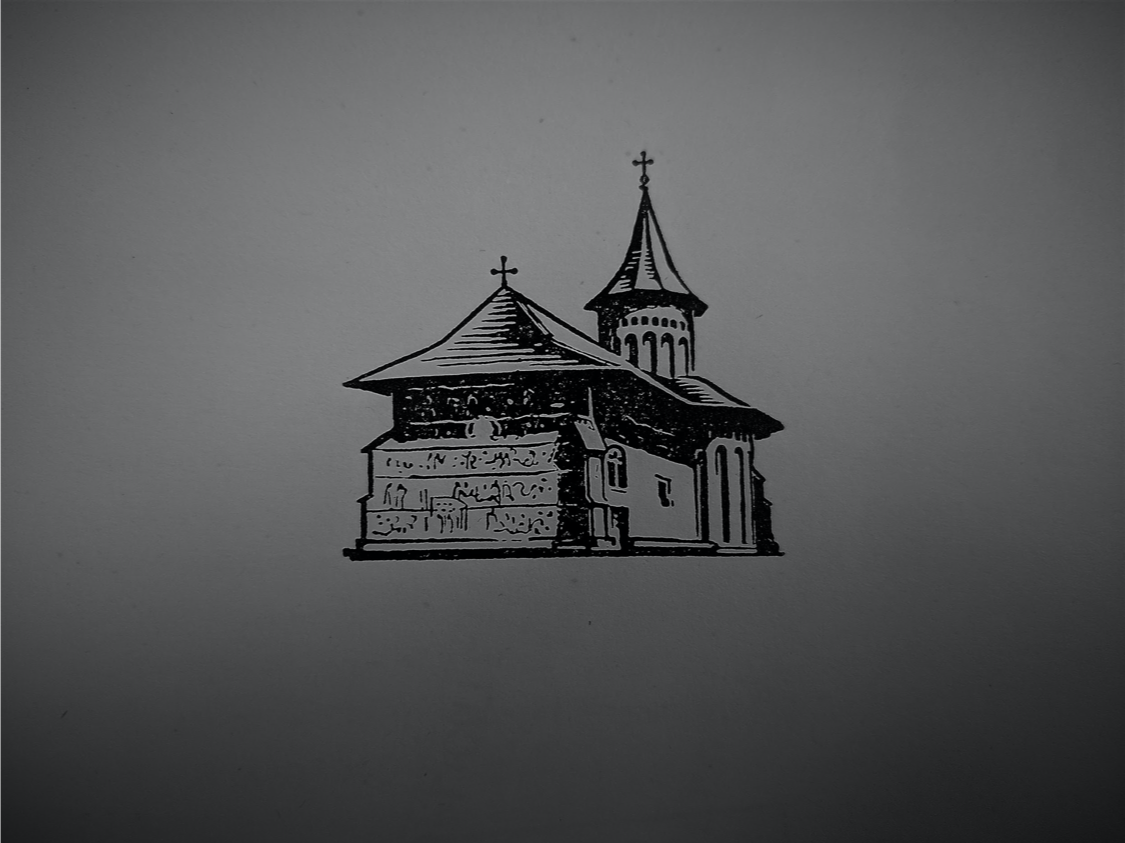Back to all modules
Churches of Moldavia

This lecture covers key religious architectural monuments built in the principality of Moldavia in the 15th and 16th century, under the rule of Stephen III and, subsequently, of his son Peter Rareș. As rulers of Christian lands after the fall of Constantinople in 1453, they expressed their princely aspirations and sought legitimacy not only through political and military tactics but also through extensive artistic and architectural commissions.
The numerous churches erected during their reigns have received attention mostly from art historians, because of the rich interior and exterior murals and their elaborate iconography; they are also, however, meaningful architectural productions that reveal cultural connections between Europe and the far-flung regions of Byzantium, and the importance of cross-cultural exchanges in a frontier region.
Eastern Europe was then, and still is now, a multi-ethnic, multilayered cultural entity connected along political, dynastic, and religious lines.
The Principality of Moldavia, situated in the northeastern part of modern-day Romania, emerged as an independent state under voivode Bogdan I in 1348. Within the sphere of influence of Byza...
Loading Accordion Items...


